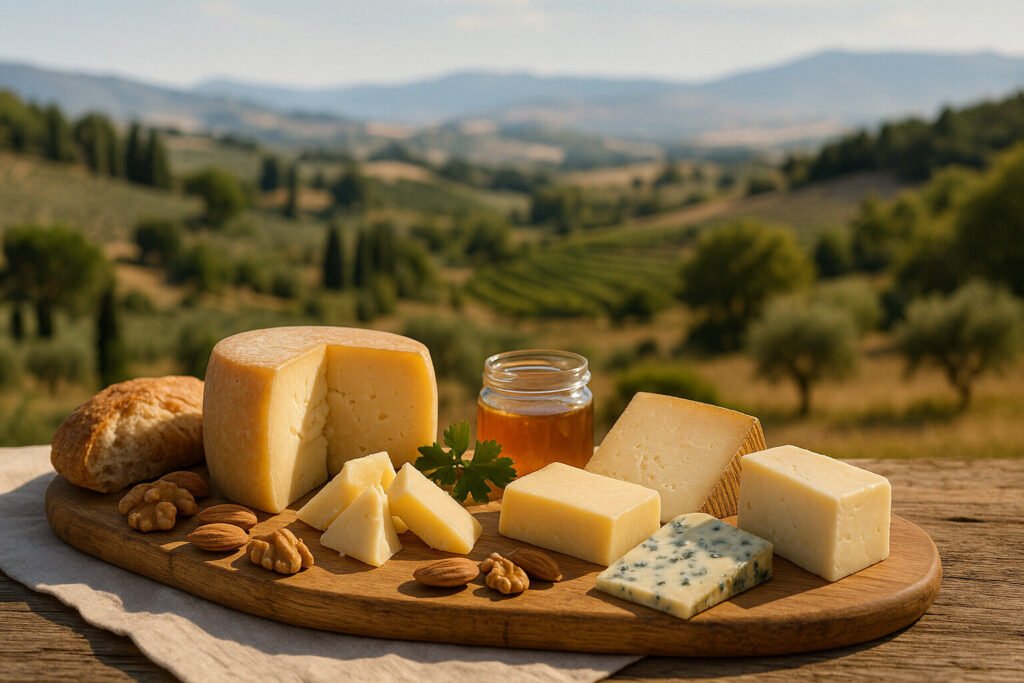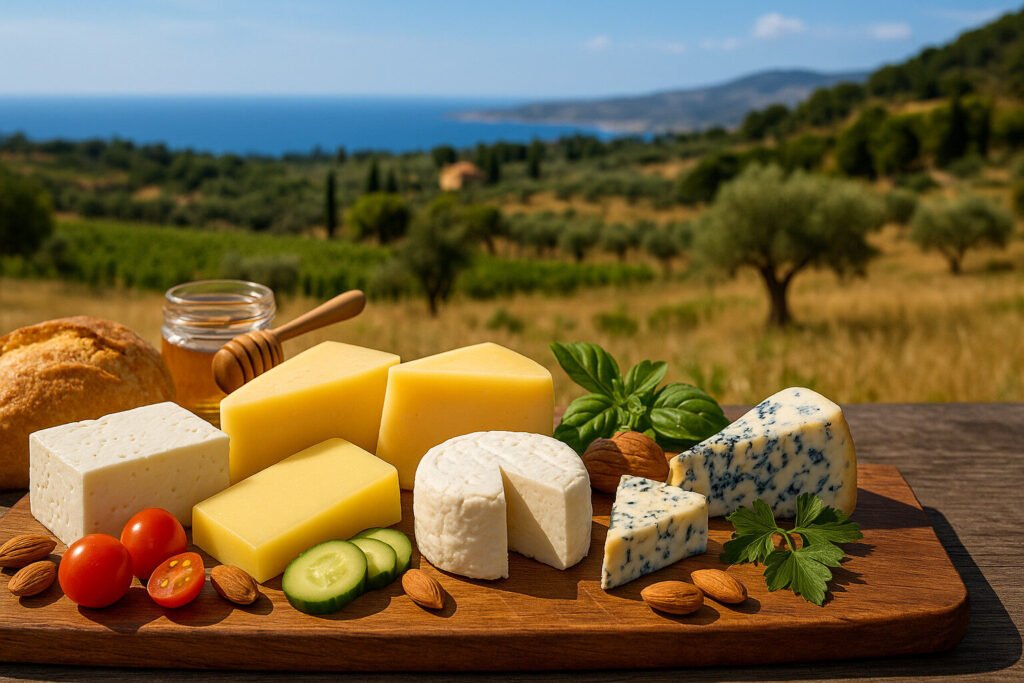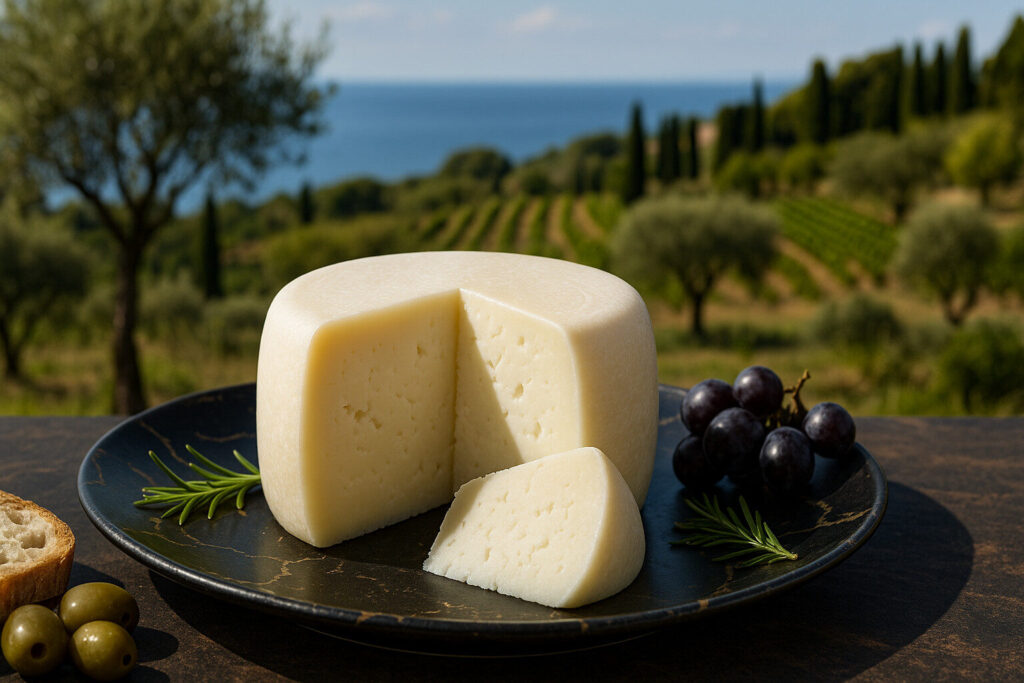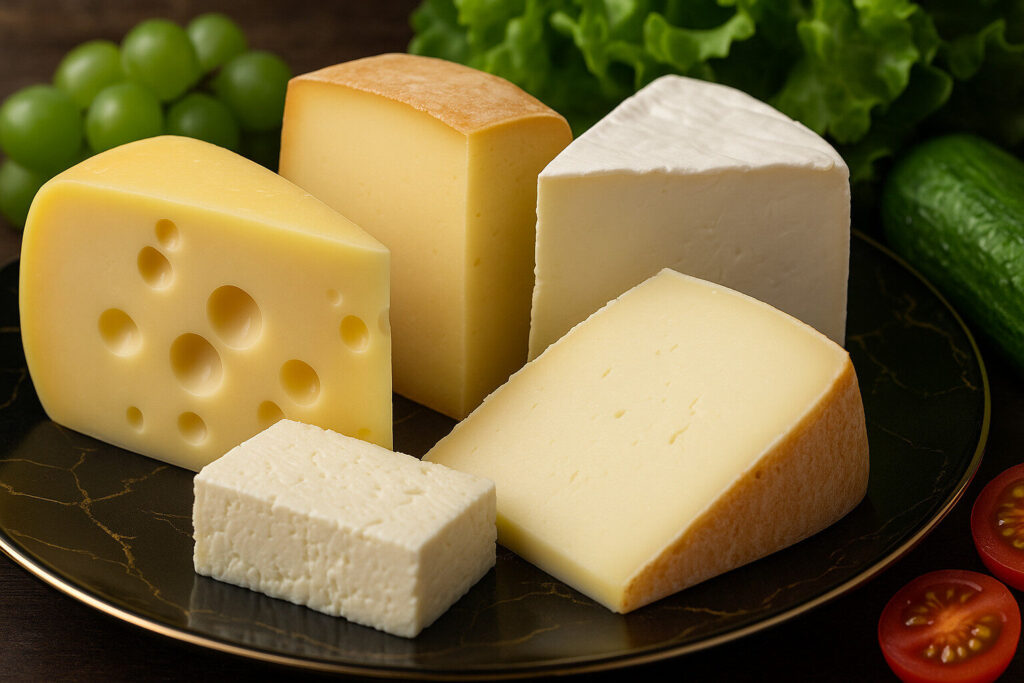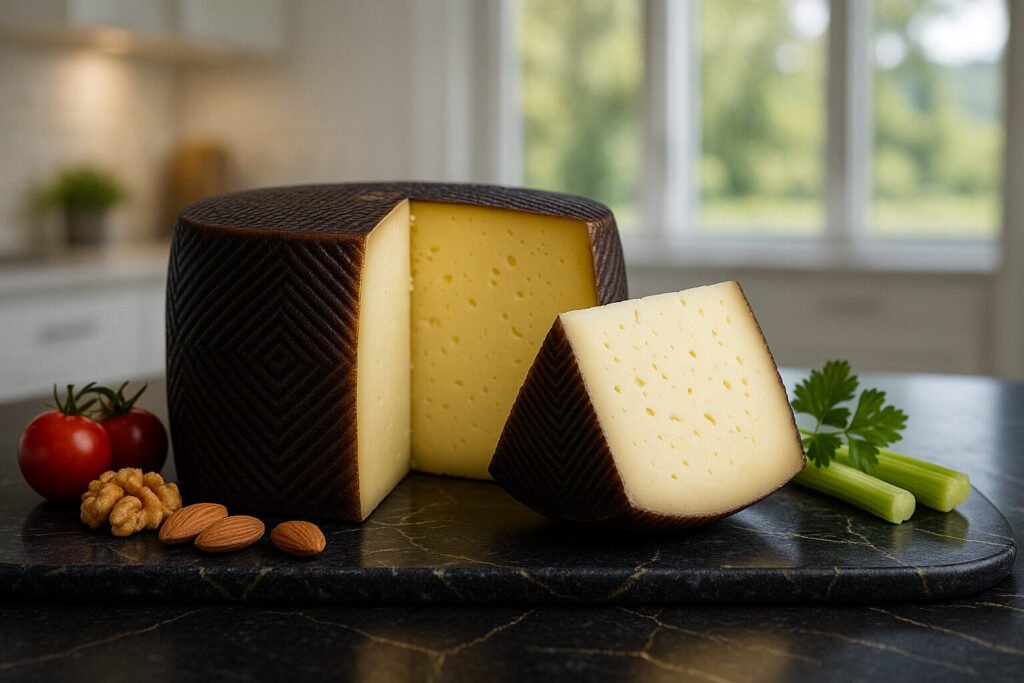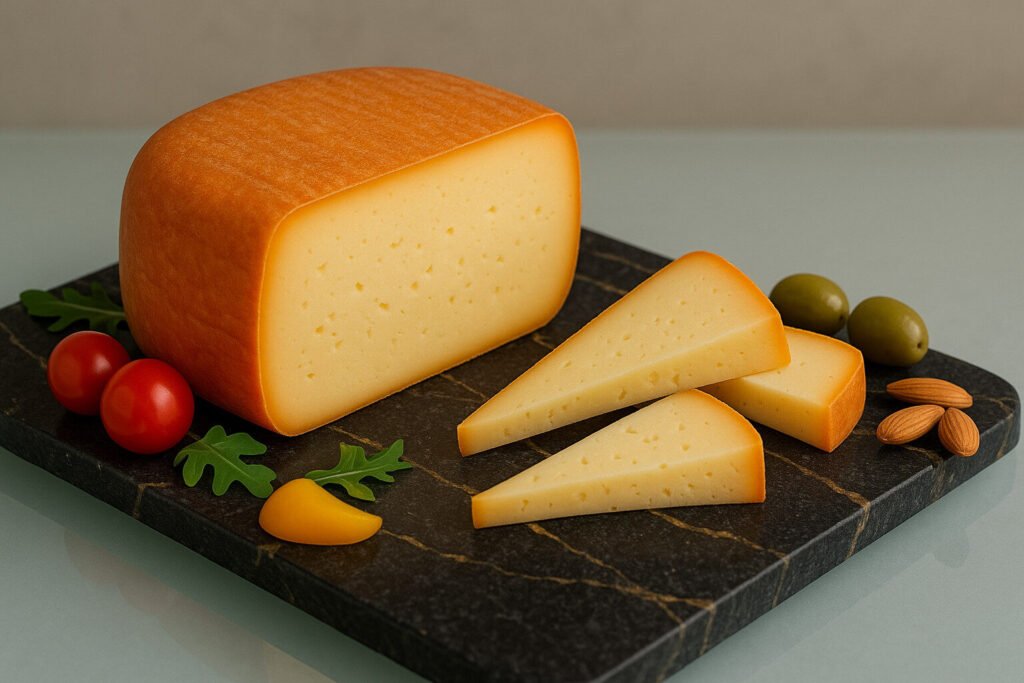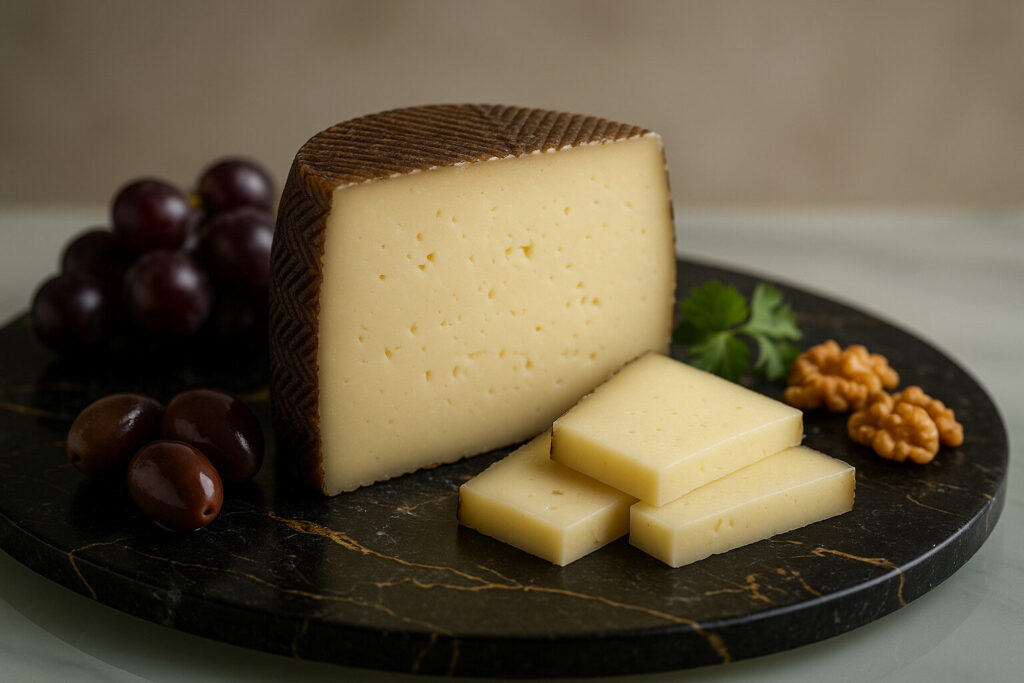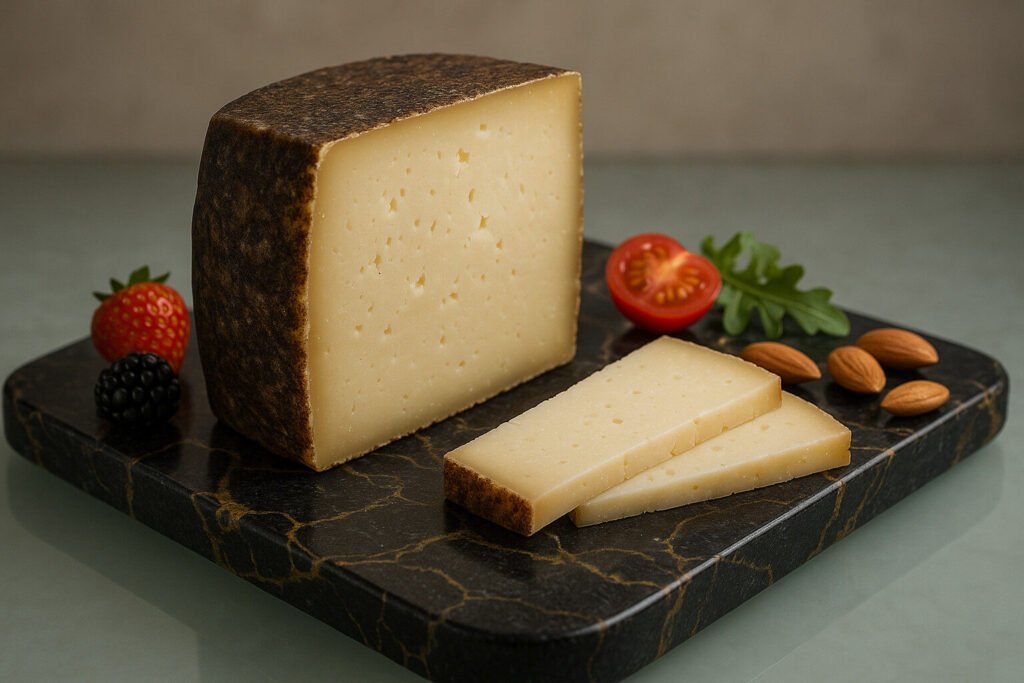Cheese Of Spain
Spanish Cheese Definition and Scope
Spanish cheese refers to dairy products manufactured within Spain’s national borders using traditional and modern methods. The country produces over one hundred distinct varieties recognized by their geographical indications and production techniques. These cheeses utilize milk from sheep, goats, cows, or mixed herds depending on regional livestock traditions.
Spanish cheese classification includes protected designations like Denominación de Origen Protegida that safeguard regional specialties. Categories range from fresh, soft cheeses to hard, aged varieties, each tied to specific territories and cultural practices. This system ensures authenticity and preserves centuries-old cheesemaking heritage across diverse Spanish landscapes.
Spanish Cheese Production Techniques
Traditional Spanish cheesemaking often employs raw milk and natural rennet, with aging processes occurring in natural caves or controlled environments. Many regions maintain specific methods such as the pressed curd technique for Manchego or the mold-ripening process for Cabrales. These techniques directly influence each cheese’s final texture, flavor development, and preservation qualities.
Modern facilities combine these traditional approaches with technological advancements for consistency and food safety. Critical production stages include curdling, molding, salting, and aging periods ranging from two weeks to over two years. The unique microbiota of each region contributes significantly to characteristic fermentation and rind formation during maturation.
Sensory Profile of Spanish Cheeses
Spanish cheeses exhibit remarkable diversity in sensory characteristics, from the mild, buttery notes of fresh Tetilla to the intensely pungent Cabrales blue cheese. Texture variations span creamy, semi-soft varieties like Torta del Casar to firm, crystalline aged Mahón. These profiles result from specific milk types, aging conditions, and indigenous microbial cultures.
Flavor complexity develops through biochemical changes during aging, producing notes ranging from nutty and caramelized in aged sheep’s milk cheeses to tangy and herbaceous in goat varieties. Rind characteristics contribute additional earthy, mushroomy, or spicy elements depending on washing, brushing, or natural mold development during maturation.
Spanish Cheese Uses
Spanish cheeses serve both as table cheeses and culinary ingredients, featuring prominently in tapas culture and traditional recipes. Firm, aged varieties like Idiazábal are ideal for grating over pasta or melting in sauces, while creamy cheeses often accompany quince paste and crusty bread. Their versatility makes them essential components in Spanish gastronomy from simple appetizers to complex dishes.
Specific pairings include Manchego with olives and cured meats, while blue cheeses enhance salad dressings and meat sauces. Many Spanish cheeses hold their structure when heated, making them suitable for grilled preparations and baked dishes. Their robust flavors stand up well to Spanish wines like Rioja and sherries in traditional combinations.
Regional Spanish Cheese Examples
Spain’s cheese production demonstrates strong regional identities, with notable examples including Manchego from La Mancha, made exclusively from Manchega sheep milk. Asturias produces Cabrales, a potent blue cheese aged in natural limestone caves, while the Basque Country yields Idiazábal, a smoked sheep’s milk cheese. Each region’s terroir and traditions create distinctive products.
Other significant regional varieties include Majorero from the Canary Islands, made from goat’s milk and often coated with paprika or gofio flour. Catalonia produces Garrotxa, a mild goat cheese with a natural mold rind, while Murcia maintains Murcia al Vino, a wine-washed goat milk cheese. These examples represent Spain’s diverse cheesemaking landscape across its autonomous communities.

